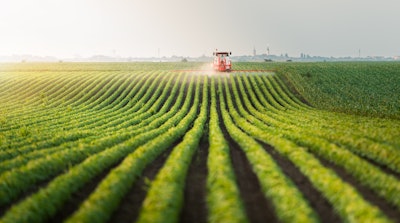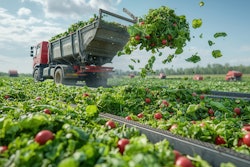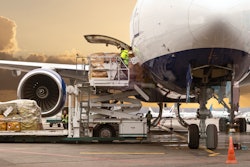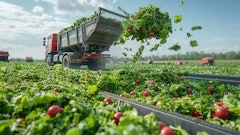
Supply chains run on trust. That is not just a saying, it is the reality for anyone who moves food from farm to table. And right now, that trust is under strain. Consumers want to know exactly where their food comes from. Regulators are raising the bar on compliance. Shippers and carriers are asked to cut costs while still delivering on time. In that environment, transparency is not a nice-to-have. It is the difference between staying competitive and falling behind.
Agriculture is one of the most complex supply chains out there. Bulk commodities like grain, feed, and livestock pass through dozens of hands before they reach the end customer. Every step is a chance for something to get lost, delayed, or misreported. Too often, we still see critical details written down on paper tickets or buried in spreadsheets. That slows decision-making, creates blind spots, and makes it harder to manage costs or prove compliance when someone asks for documentation.
The numbers show how high the stakes are. Poor visibility and inefficient planning can add as much as 20% to freight costs, according to Farmonaut’s 2024 transportation trends report. In recent years, rail disruptions have hit more than 40% of U.S. grain shipments. By 2025, experts believe that more than 60% of agricultural freight will be optimized by AI-driven route planning, which could cut delivery times by as much as 30%. Those who adapt will be faster, leaner, and more reliable. Those who do not risk being left behind.
So how do we get there?
The first step is digitization. Digital platforms replace stacks of paper and endless phone calls with real-time updates that everyone in the chain can see. A driver can upload a ticket from the road, a shipper can confirm compliance documents with a click, and managers can track performance in near real time. Instead of piecing things together after the fact, companies can spot issues early, adjust quickly, and keep freight moving.
But technology alone will not solve this. Transparency is also a mindset. It means being willing to share information across farms, carriers, processors, and retailers. It means treating data as a common language that helps everyone do their jobs better. When that happens, compliance stops feeling like a burden and starts looking like an opportunity to prove sustainability claims, build consumer trust, and strengthen long-term relationships.
The risks of ignoring this shift are real. During the pandemic, shipping costs jumped more than 1,000%, according to the International Monetary Fund. A lack of visibility magnified the pain. Analysts estimate that stronger sourcing transparency could have cut those losses in half. And as pressure grows to reduce carbon emissions, supply chains now account for as much as 95% of a brand’s environmental footprint. Without transparency, it is nearly impossible to measure or manage that impact.
On the flip side, the benefits of transparency go far beyond compliance. Companies that digitize their logistics can forecast disruptions, manage freight costs more proactively, and build stronger credibility with their partners. Transparency creates resilience. It turns uncertainty into opportunity. And in agriculture, where margins are razor-thin and relationships are everything, that kind of resilience makes all the difference.
The agricultural supply chain has always been built on people: producers, shippers, carriers, processors, and consumers. Transparency does not replace those relationships. It strengthens them. By embracing visibility and real-time data, we can build supply chains that not only keep up with today’s demands but are prepared for tomorrow’s challenges as well.
















